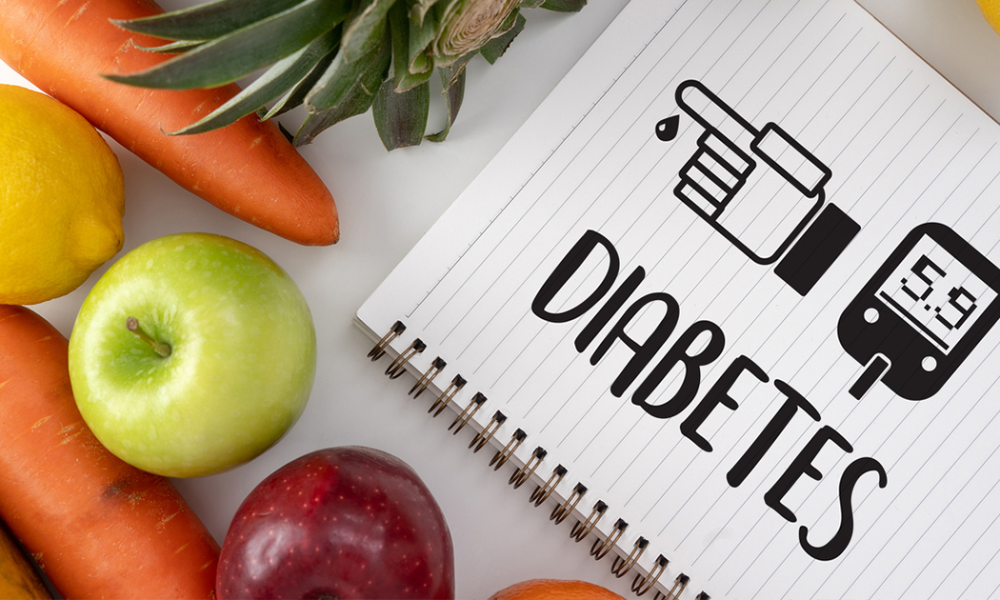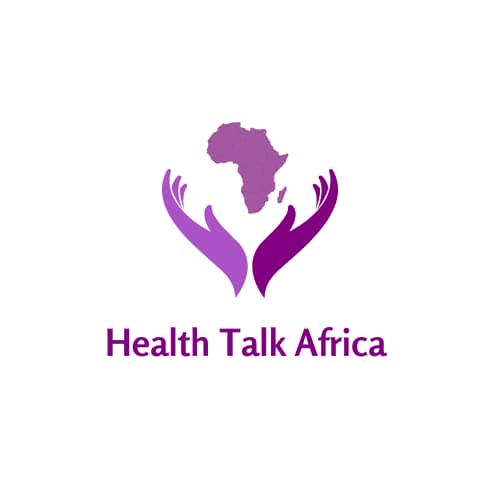Overview

Diabetes is a metabolic disease characterized by high levels of blood glucose (or blood sugar). The hormone insulin moves sugar from the blood into the cells to be stored or used for energy. With diabetes, the body either cannot produce enough insulin or cannot utilize effectively the insulin produced already. Untreated high blood sugar from diabetes over time can lead to serious damage to the heart, blood vessels, eyes, kidneys and nerves.
Types of Diabetes
Type 1 Diabetes is an autoimmune disease once known as juvenile diabetes or insulin-dependent diabetes. It is a chronic condition in which the pancreas produces little or no insulin by itself.
Type 2 Diabetes is the most common type, usually in adults, which occurs when the body becomes resistant to insulin or doesn’t produce enough insulin.
Prediabetes occur when your blood sugar is higher than normal, but not high enough for a diagnosis of type 2 diabetes.
Gestational diabetes is high blood sugar during pregnancy. Insulin-blocking hormones produced by the placenta cause this type of diabetes.
Symptoms
Diabetes symptoms are caused by increase blood sugar. The general symptoms of diabetes include:
- Increased thirst
- Increased hunger
- Weight loss
- Frequent urination
- Blurry vision
- Fatigue
- Difficulty in sores healing
Prevention
Simple lifestyle measures have been shown to be effective in preventing or delaying the onset of type 2 diabetes. To help prevent type 2 diabetes and its complications, people should:

- achieve and maintain a healthy body weight;
- be physically active – doing at least 30 minutes of regular, moderate-intensity activity on most days. More activity is required for weight control;
- eat a healthy diet, avoiding sugar and saturated fats; and
- avoid tobacco use – smoking increases the risk of diabetes and cardiovascular disease.
Diagnosis and treatment

Early diagnosis can be accomplished through relatively inexpensive testing of blood sugar.
Treatment of diabetes involves diet and physical activity along with lowering of blood glucose and the levels of other known risk factors that damage blood vessels. Tobacco use cessation is also important to avoid complications.
Interventions that are both cost-saving and feasible in low- and middle-income countries include:
- blood glucose control, particularly in type 1 diabetes. People with type 1 diabetes require insulin, people with type 2 diabetes can be treated with oral medication, but may also require insulin;
- blood pressure control; and
- foot care (patient self-care by maintaining foot hygiene; wearing appropriate footwear; seeking professional care for ulcer management; and regular examination of feet by health professionals).
Other cost saving interventions include:
- screening and treatment for retinopathy (which causes blindness);
- blood lipid control (to regulate cholesterol levels);
- screening for early signs of diabetes-related kidney disease and treatment (World Health Organization)

Nice article